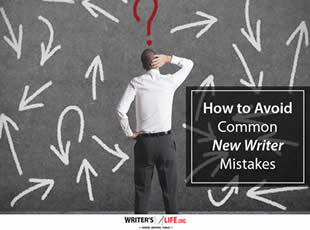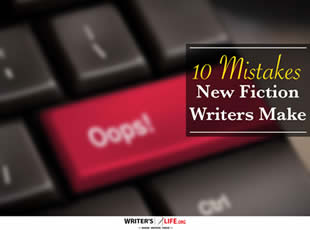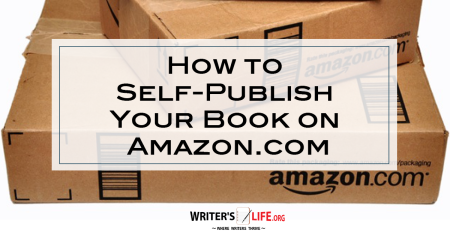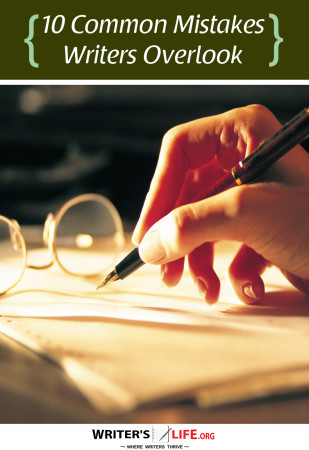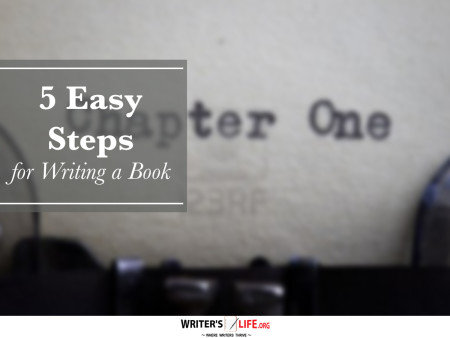- How To Tackle Jealousy In Creative Writing
- Common Submission Mistakes
- How To Stop Your Blog Becoming Boring
- The One Thing Every Successful Writer Has In Common
- How To Make Yourself Aware Of Publishing Scams
- Why Almost ALL Writers Make These Grammar Mistakes At Some Point
- 5 Tips For Authors On How To Deal With Rejection
- Top Mistakes to Avoid When Writing a Novel
- How to Avoid Common New Writer Mistakes
- 10 Mistakes New Fiction Writers Make
Book Description Tips – 7 Essential Strategies for Success

Book Description Tips – Want your book to catch a reader's eye right away? Crafting a compelling book description might be your golden ticket. It's like speed dating for your book: you've got just a few sentences to capture a reader's attention and convince them to take your book home. But how do you write a book description that actually sells?
Start With a Hook in Your Book Description Tips
Imagine walking into a bookstore, the smell of paper and potential all around you. You pick up a book and glance at the back. It's probably the description that makes you decide if you're intrigued or if the book goes back on the shelf. That first sentence is crucial. It's the bait on your fishing line. Ask yourself, does it spark curiosity? Does it pose a question that demands an answer?
Your hook should be a snippet of the story that piques interest without spilling the beans. It could be a mysterious event, a character's dilemma, or an intriguing setting. For instance, "When a sleepy town's secrets begin to unravel, will Sarah find the truth or become another whisper in the wind?"
Why Less is More in Book Description Tips
Have you ever read a book description that was so long, it felt like you’d read the entire book? We live in a world with short attention spans, so brevity is key. Aim for two to three paragraphs at most, and use vivid but succinct language to convey the essence of your story.
Think of writing a book description like making a delicious stew. Overloading it with ingredients—too many details or subplots—can ruin the flavor. Instead, pick the juiciest elements: the main conflict, a glimpse of the protagonist's journey, and a hint at what's at stake. Keep it savory and not too heavy.
Characters and Conflict in Book Description Tips
Your characters are the heart of your story and one of the most compelling elements you can introduce in your book description. Readers want to know who they'll be spending their time with and what challenges these characters will face. Try to focus on one or two main characters and their primary conflicts.
How do they grow? What obstacles do they face? For instance, "Detective Jamie Brooks is running out of time to solve a murder in a town where silence is just another language." This gives readers a sense of urgency and a stake in the character's success or failure.
Want to promote your book after it’s published? Check out our Book Marketing Articles.
Use Emotion to Make Your Book Description Tips Effective
According to Wikipedia, emotions play a crucial role in storytelling. You want your book description to evoke curiosity, empathy, or excitement. This emotional resonance can make your description memorable and encourages potential readers to invest in your story.
Use descriptive language and strong verbs to create vivid imagery and emotional appeal. Instead of saying "John faced a challenge," try "John's heart raced as he faced his greatest fear—alone and against all odds." This evokes emotion and situates the reader right alongside your protagonist.
End With a Cliffhanger in Your Book Description Tips
Your last line should leave readers wanting more, akin to a season finale cliffhanger that leaves viewers eagerly awaiting the next episodes. This tactic makes the book irresistible. Think of your story as an open treasure chest, with the last line of your description offering just enough sparkle of what's inside.
For instance, "Will Emily discover the truth or will the shadows of the past consume her?" Ending with a question or an ellipsis can pull readers in and make purchasing your book an urgent matter.
Frequently Asked Questions About Book Description Tips
Q: How long should a book description be?
A: Aim for two to three paragraphs, focusing on the book's main conflict, key characters, and emotional arcs without overwhelming details.
Q: Can a book description affect sales?
A: Yes, a compelling description can significantly enhance a book's appeal, capturing readers' interests and prompting them to buy.
Q: How can I determine if my description is effective?
A: Share it with beta readers or critique partners to gather feedback about its clarity, intrigue, and emotional impact.
If you're serious about growing your author career, don't miss out on these free tools and templates built specifically for writers. Access all 7 free resources here.



















